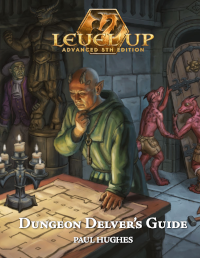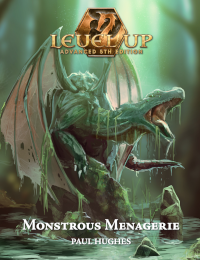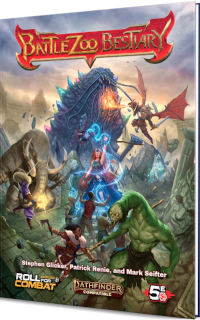I’ve finished reading the Essentials Player’s Book and DM’s Book. Others have taken pictures of the power cards and tokens, so you can get more complete spoilers there. I do have a couple of power-card powers that I’d like to call out.
Hypnotism is a very flavorful wizard at-will. On a hit, you force the target to make a basic attack against an adjacent creature with a +4 bonus. Even with the bonus, this attack requires two hit rolls before it does any damage, so it may be on the weak side. I think I might play a Hypnotism wizard anyway, because it feels like a different kind of character – like a Commander’s Strike warlord, someone who never personally makes attacks.
Backstab: Once again, the rogue preview differs from the Starter version. The preview version of Backstab gives +3 to an attack and +1d6 to damage. The Starter backstab just gives +3 to attack.
 Slimy Transmutation is a hilarious wizard daily power. “A billowing cloud of greenish fog surrounds your foe. When the fog dissipates, your enemy is gone, and an ugly toad stands in its place.” Hit or miss, the “target turns into a Tiny toad.” You’ve been TOADED! It’s Save Ends, not permanent, but never before has Baleful Polymorph been available to a 1st level wizard.
Slimy Transmutation is a hilarious wizard daily power. “A billowing cloud of greenish fog surrounds your foe. When the fog dissipates, your enemy is gone, and an ugly toad stands in its place.” Hit or miss, the “target turns into a Tiny toad.” You’ve been TOADED! It’s Save Ends, not permanent, but never before has Baleful Polymorph been available to a 1st level wizard.
I’d like to see Slimy Transmutation used as a utility spell. There could be occasions where you want to make yourself or an ally Tiny for a few turns.
I’m disappointed that there is no power card for the Prestidigitation cantrip. How will I clean up to 1 cubic foot of materials, WOTC? How will I make a smell? HOW??







